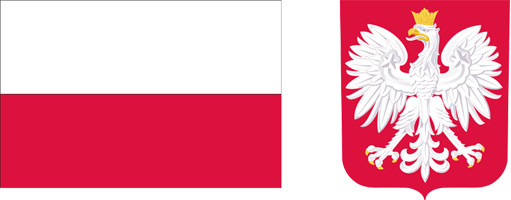Current issue
Archive
About the Journal
Aims and Scope
Advisory Board
Members of the Editorial Board
List of reviewers
Publishing process
Publishing Ethics and Malpractice Statement
Personal data protection (GDPR)
Creative Commons License
CrossRef Member / Similarity Check
For Authors
Call for papers
Guidelines for authors
Submitting a manuscript through the editorial system – step by step
For Reviewers
Peer review process
Guidelines for reviewers
Submitting a review – step by step
Contact
RESEARCH PAPER
FACTORS DETERMINING PROFITABILITY OF PRODUCTION OF SELECTED AGRICULTURAL PRODUCTS BY 2020
1
Instytut Ekonomiki Rolnictwa i Gospodarki Żywnościowej - Państwowy Instytut Badawczy Warszawa
Acceptance date: 2015-03-27
Publication date: 2015-03-27
Zagadnienia Ekonomiki Rolnej / Problems of Agricultural Economics 2015;342(1):55-71
KEYWORDS
cultivation costscerealsproduction profitabilityyieldsproduction valueDevelopment trendprojection modeldirect costs
ABSTRACT
The projection results drawn up for 2020 under average conditions, i.e. following from long-term trends, point to an improvement in the production and price results of researched cereals, namely winter wheat, winter rye and spring barley. Annual growth rate of yield will probably range from 0.5% to 1.6% and grain price: 2.2-3.2%. Whereas the annual increment of production costs may range from 3.4% to 4.3%. In these conditions, wheat and barley production will be characterised by stronger growth rate of costs than revenues thus, against the input data for the projection, it is possible that there will be a drop in the production, respectively, by 2.4 pp and 8.6 pp. Rye production profitability will be probably higher by 6.2 pp given the stronger growth in revenues.
It is estimated that by 2020, winter rape yield will grow by ca. 1%, the price of grain by ca. 3% and the production costs will range from 3.4% to 4.2%. This will result in stronger growth rate of revenues than costs and a growth by 4.8 pp in rape production profitability.
It is expected that by 2020 the annual growth rate of sugar beet yields will fluctuate around 2% and sales prices of roots around 1.8%. On the other hand, the expected annual increase in the costs will total 3.6-4.2%. Under the conditions, the economic efficiency of the production of sugar beets will basically be the same, and the profitability index may increase by only 0.8 pp.
However, there might be various unforeseeable annual deviations from the general trends, for instance, because of mutability of weather conditions or especially strong fluctuations in product prices or means of production. Their impact on production and economic results of researched crops may be significant.
Rye and rape are the most sensitive to fluctuations in yield and sales price of products. This means that, under favourable production and price conditions, a significant increase in income may be expected, but, simultaneously, their cultivation is very risky.
The research results prove that fluctuations in sales prices of researched products, following from variation over the years, have a definitely stronger impact on the level of income than yield fluctuations. A strong drop in the price of rye grain caused unprofitability of its cultivation. But farmers will rather not incur losses from production of the other crops, despite the expected quite high drops in sales prices.
Rye is also characterised by high sensitivity to cultivation costs, unit change in their level has a very strong impact on income fluctuations. This entails that a rise in the prices of means of production will have an even stronger negative impact on the amount of income from rye cultivation than from other researched crops.
The results projection for 2020 and its variants demonstrate benefits but also possible threats. Nonetheless, knowledge thereof is very useful as it reduces uncertainty and can contribute to greater accuracy of decisions taken and thereby to elimination of losses that can otherwise occur.
Share
RELATED ARTICLE
We process personal data collected when visiting the website. The function of obtaining information about users and their behavior is carried out by voluntarily entered information in forms and saving cookies in end devices. Data, including cookies, are used to provide services, improve the user experience and to analyze the traffic in accordance with the Privacy policy. Data are also collected and processed by Google Analytics tool (more).
You can change cookies settings in your browser. Restricted use of cookies in the browser configuration may affect some functionalities of the website.
You can change cookies settings in your browser. Restricted use of cookies in the browser configuration may affect some functionalities of the website.



